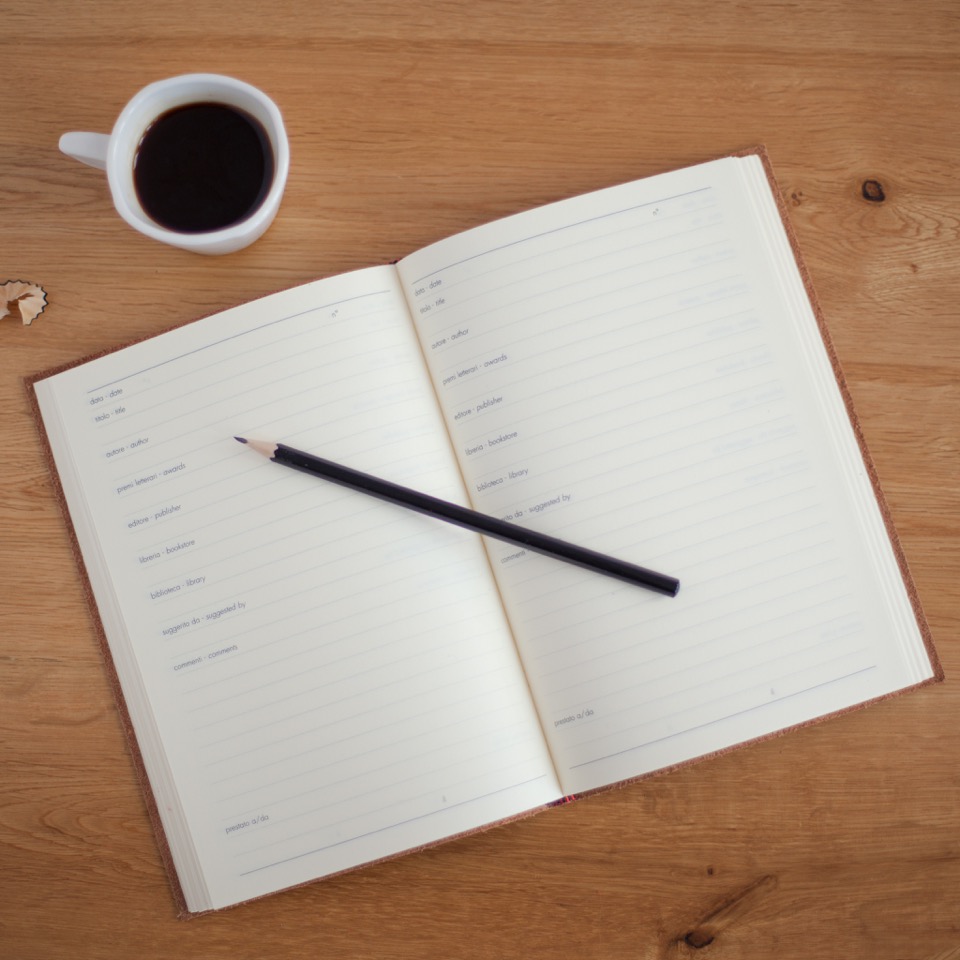Tour brand new model homes!
Saturday's from 10 am - 5 pm & Sunday's from 11 am to 4 pm
Eating well is simple. It all begins with quality food. Click the icon to download and print the “Good Food” list.
Make a List & Keep it Simple
Simple, whole foods are your ticket to a great body, inside and out. Fruits, vegetables, and whole grains can be found in abundance wherever you live, and these foods should be the foundation of your everyday eating. By basing your diet on these foods, you’ll create nutrient dense meals without loading up on calories.
There are a few steps that can help you make the most of simple, whole-food eating, without getting bored. Eat a variety of foods: Choose vegetables and fruits of many colors. A colorful diet is also a well balanced diet. Take a look in your fridge: do you see an assortment of red, yellow, greens, white, purple and orange? Your eyes can help you manage your diet by keeping a variety of whole food on hand.
• Eat seasonally and locally: Fresh tomatoes in winter? Not if you live in New England. Buying locally grown foods and eating foods in season helps keep variety in your diet, and allows you to take advantage of food at its freshest and most nutrient-packed.
• Pile on the vegetables: Be sure to include an extra serving of vegetables to at least two of your daily meals. You’ll fill up on the fresh stuff before you have a chance to crave anything fried or processed.
• Eat from the “Good Foods List”: Print out the list and take it with you the next time you shop.
• Drink your water: You need at least 8-10 glasses of water per day. Avoid sodas, energy drinks, and other sugary beverages. Keep alcohol to a minimum—one drink per day for women, and two drinks per day for men is considered moderate. In combination with fresh natural foods, plenty of water will leave you feeling satiated and energized.
Practice Portion Control
You don’t need to count calories. Portion control takes the place of calorie counting, a simple method that you can use any time, anywhere—no scribbling, no calculators, no numbers to remember. This doesn’t mean ignore calories—you’ve got to understand the caloric value of the food you eat—but practicing portion control is the easiest and most effective way to keep your plate in balance.
Portion sizes have spun out of control. Everything is super-sized. I believe this out-of-control portioning is part of the reason why more than 65 percent of Americans are overweight. We’ve simply forgotten what reasonable portions look like. Below are some portion sizes to use as guidelines. Create a plate based on these portions, and you’ll never find yourself mindlessly over-eating.
Portion Control Tips
• A serving of protein is about the size of the palm of your hand. Just the palm, not your fingers, too!
• A serving of carbohydrate is about the size of your fist. Think of a small apple.
• For chopped fruits, vegetables and cooked whole grains, a serving is about what you can hold in your cupped hand, roughly ½ cup.
• For popcorn, cereal, and berries, a serving is about the size of a baseball, 1 cup.
• A serving of fats and oils is a small amount. Use these foods sparingly. One tablespoon of oil is 14 grams of fat and approximately 100 calories.
• One peanut butter serving is about the size of a walnut in its shell, 2 tablespoons.
• For hard fats, like butter and cheese, a serving is a pat of butter or the tip of your index finger.
 Use a Smaller Plate
Use a Smaller Plate
Most of us are unaware of exactly how much we’re eating. A great way to help cut back on calories is to use a smaller plate. A study published in the American Journal of Preventive Medicine has demonstrated that reducing the size of your plate, bowl, cup or spoon can actually help you control what you eat and diminish your portions. Participants in the study—all nutrition experts themselves—served themselves 31 percent more food when using the larger plate of two offered to them. People who used the larger bowl and spoon ate nearly 57 percent more than those who opted for the smaller bowl and utensil.
Get the Skinny on Fat Loss
Unfortunately, when it comes to losing fat, exercise alone is simply not enough. To lose one pound of fat you must burn through 3500 calories. While you don’t really need to count calories—keep in mind for fat loss to occur, it will be important that you consume a reduced number of overall calories – especially sugar!
But you must keep eating! Consuming too few calories is harmful to your body, and it ultimately impedes permanent, lasting weight loss. Basic guidelines surrounding caloric intake:
• Women: Consume no less than 1200 calories per day
• Men: Consume no less than 1500-1700 calories per day.
With practice and a little attention, you’ll get very good at eating the right foods, in the right amounts and the right time.
 Plan Your Day
Plan Your Day
• Eat breakfast within 2 hours of waking up.
• Eat 5-6 times throughout the day – This should include 3 meals and 2 snacks
• Drink water throughout the day
• Do not let more than 4 hours pass between one meal and the next
• Choose a time in the evening to end all eating. The best time is 2-3 hours before you plan to go to bed. Don’t worry if you feel hungry. That’s your body telling you it’s burning calories. You’ll soon grow accustomed to your new routine.